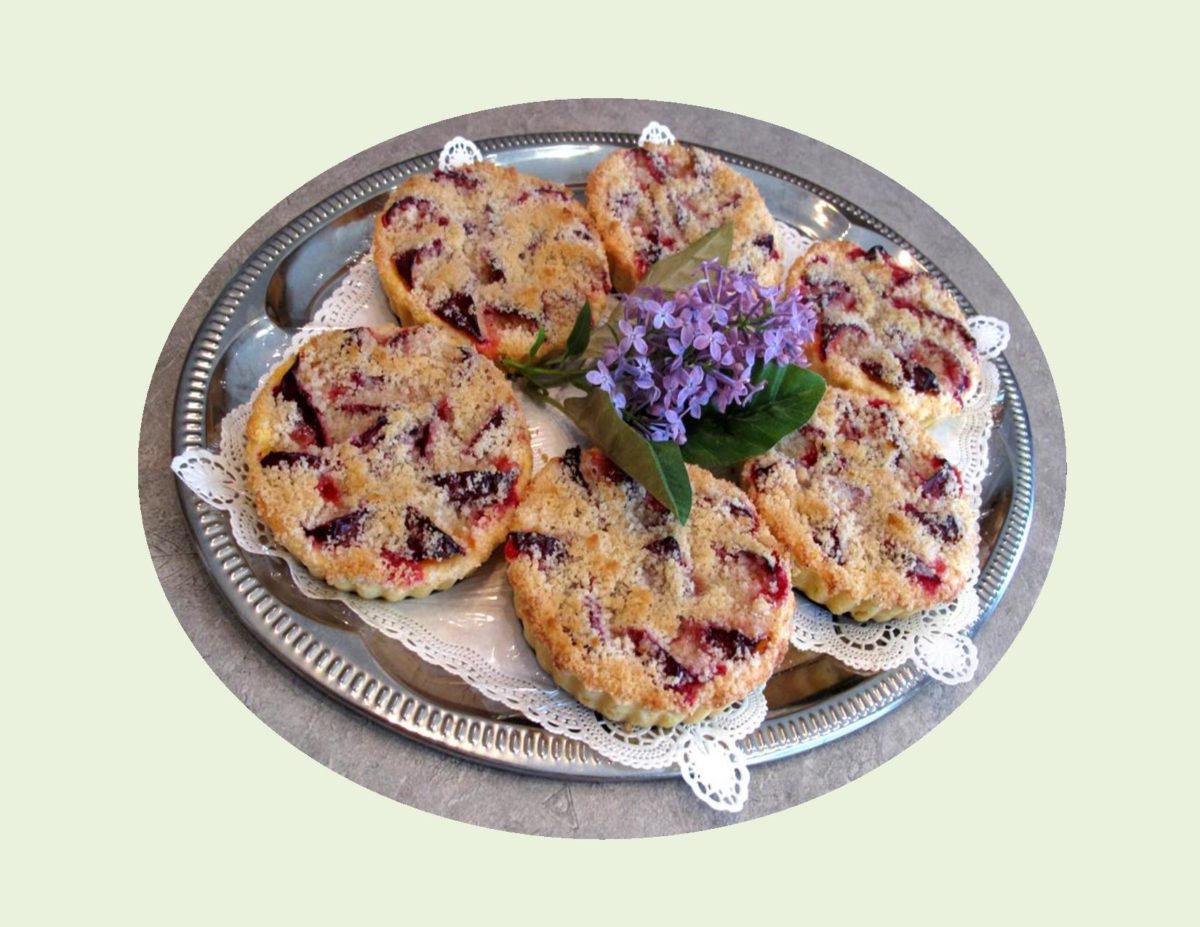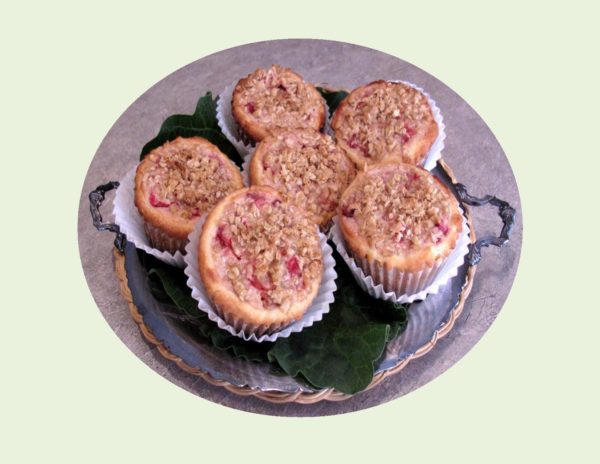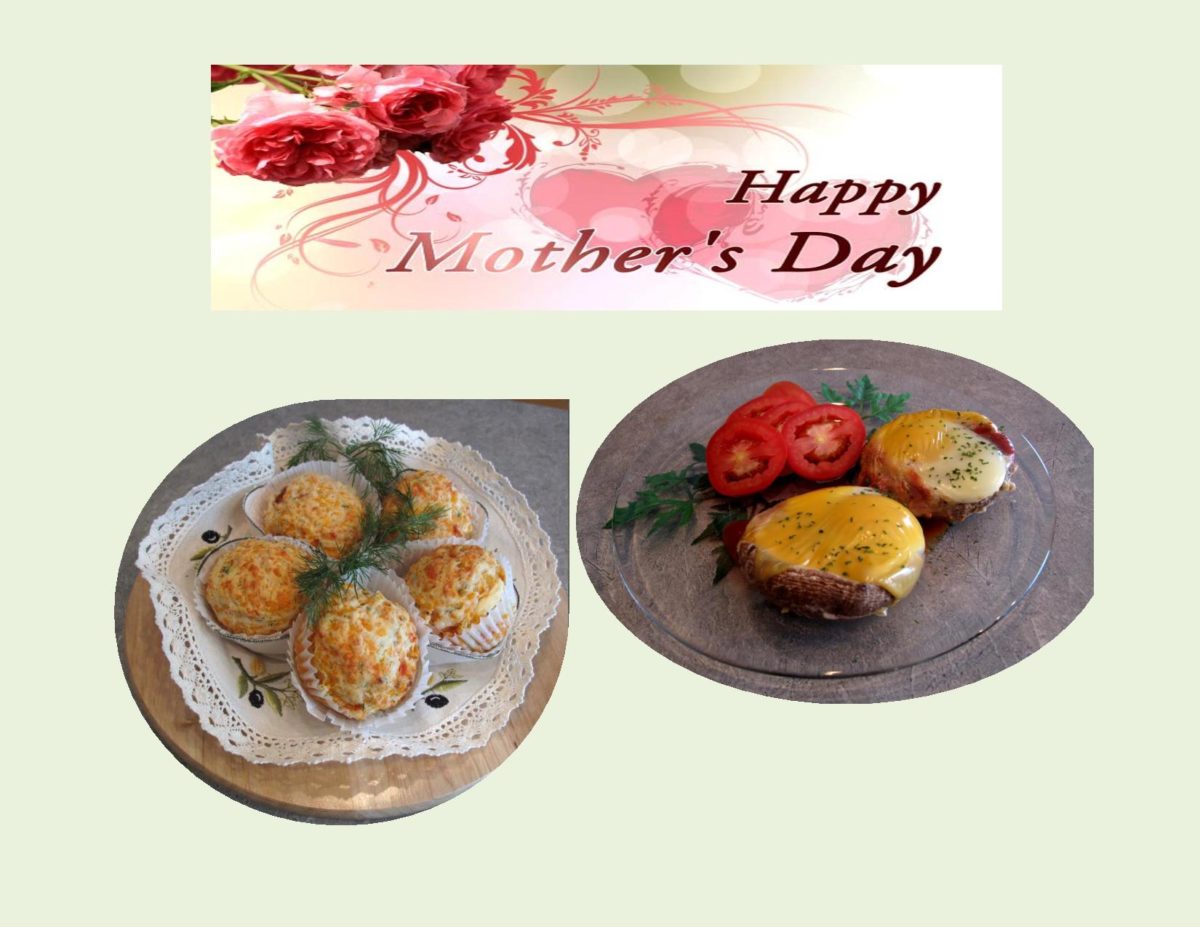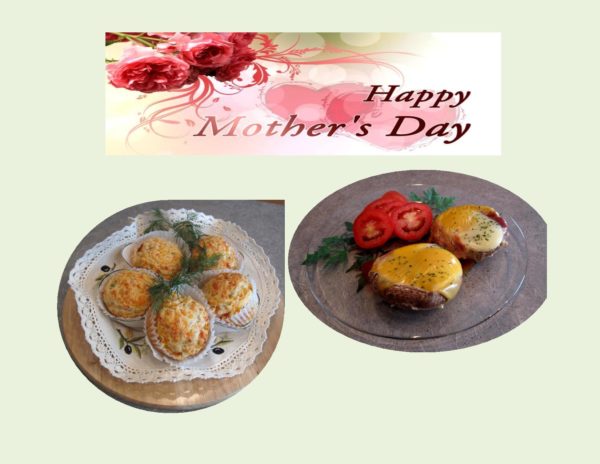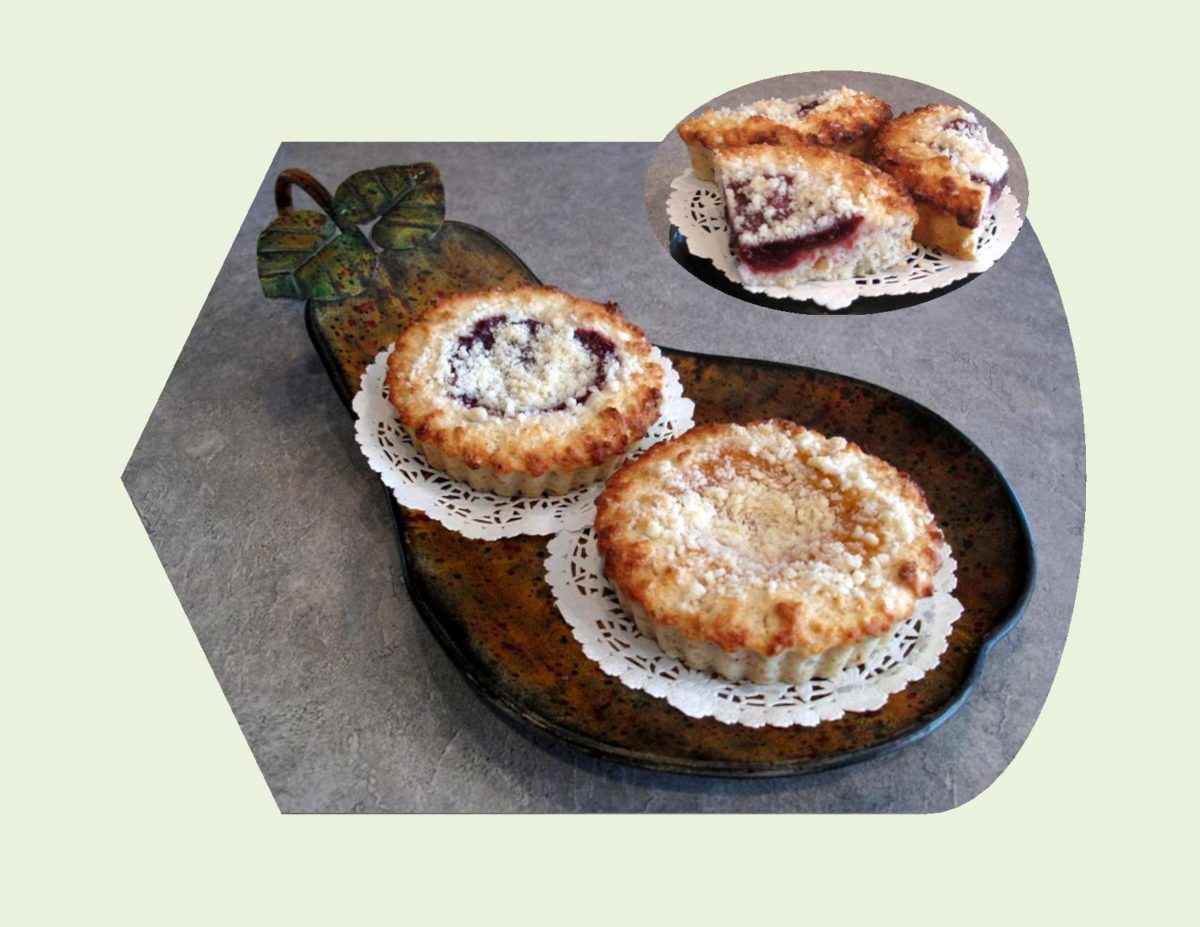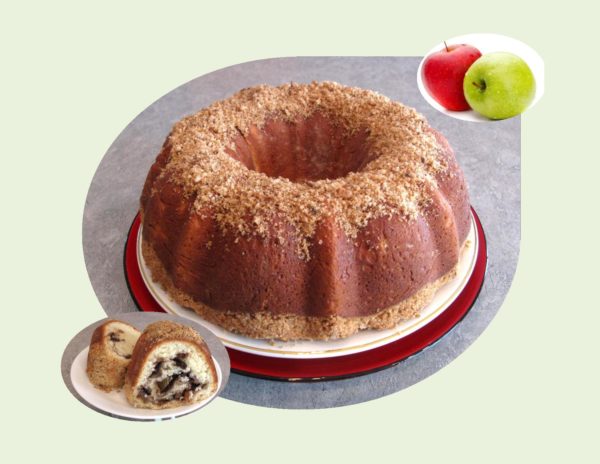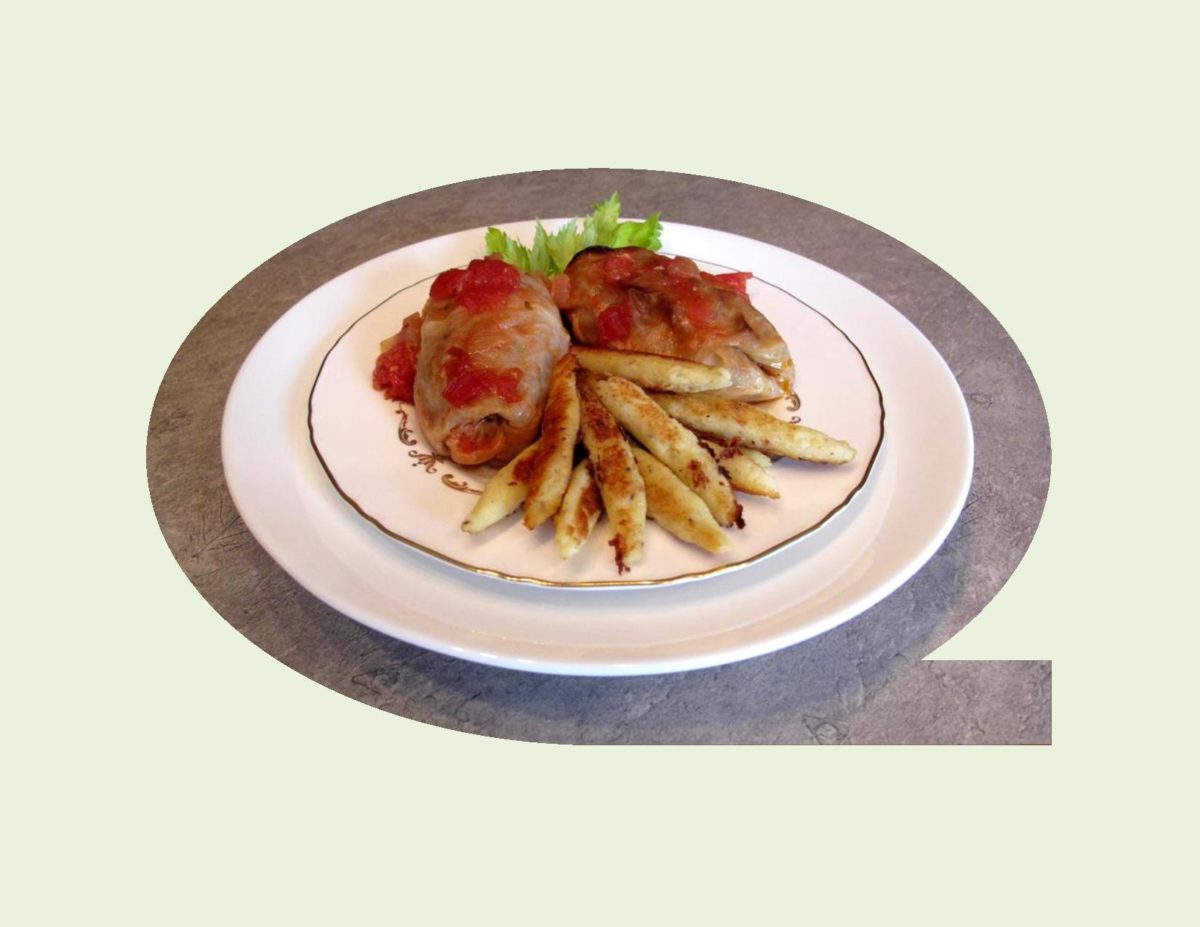I know it sounds quite ordinary but we are not just talking about just any plum cake. Variations of the German specialty, ‘zwetschgenkuchen’, exist where some versions are made with a shortbread pastry verses a yeast dough, some have streusel – some do not – some are round, other’s are rectangular. One thing for sure is that they all use the plump, sweet, juicy European plums also known as Italian Prune Plums or Empress Plums. This variety is ideal for cooking not only because of their texture but also because their flavor becomes more complex through cooking.
Fruit and yeast-based cakes are a German hallmark with this cake being a perfect example. Its not overly sweet, has a touch of tartness to it, a small hint of cinnamon and that tender yeast dough.
When I was growing up and my mother used Italian Prune Plums in her canning or baking, I just thought it was because they were available at the time. I had no idea that they played such a special part in German baking until I was older.
I realize this is probably not the kind of thing you feel like making on a hot summer day. I suggest putting it on hold for a rainy day because it is well worth the effort. Just to encourage you further, I’ve added an alternate yogurt dough you could use instead of the yeasted one which would speed things up.

| Servings |
|
- 700 grams Italian Prune Plums, pitted & cut into quarters
- 1/3 - 1/2 cup warm milk ( start with 1/3 & add extra as needed)
- 2 1/4 tsp active dry yeast
- 2 cups flour
- 1/3 cup sugar
- 1/4 tsp salt
- 1/4 cup butter, melted but not hot
- 1 egg
- 1/2 tsp vanilla
- 1/2 cup flour
- 1/2 cup sugar
- 1/4 tsp EACH cinnamon & cardamom
- 1/4 cup butter,
- 110 grams Greek yogurt (0% or 2%)
- 3 Tbsp 2% milk
- 3 Tbsp oil
- 3 Tbsp sugar
- 1 1/4 tsp vanilla
- pinch of salt
- 1 1/2 cups flour
- 1 1/4 tsp baking powder
- 1-2 Tbsp farina (milled wheat or 'cream of wheat')
Ingredients
Yeasted Cake Dough
Streusel
Yogurt Cake Dough (an alternate to use instead of yeast dough)
|

|
- In a large bowl, dissolve yeast in 1/3 cup warm milk & allow to become frothy, about 5-10 minutes. With an electric hand mixer, beat together sugar, salt, warm melted butter, egg & vanilla. When yeast is ready, Combine with egg mixture. Add flour, 1 cup at a time to wet mixture. Stir well after each addition; dough should become smooth & elastic. It will not be firm enough to knead into a ball, more like thick batter. Cover loosely with plastic wrap & set in a warm, draft-free place to rise for an hour or until doubled in bulk.
- In a small bowl, combine streusel ingredients. Using fingertips, rub mixture until it resembles coarse meal.
- In a bowl, whisk together flour, sugar, baking powder & salt. In small bowl, beat together yogurt, milk, oil & vanilla. Make a well in center of dry ingredients; add wet mixture & combine until dough forms a ball.
- Generously butter eight - 4 x 3/4" mini tart pans or press out a rectangle of dough about 8 x 10" size on a baking sheet or a jelly-roll pan could be used. For tart pans, divide dough into 8 pieces & press dough out over bottom & up sides. For the rectangle shape, dough could be rolled out on parchment paper & laid directly on pan.
- Lay plums close together in rows, covering the entire dough. If using YEAST DOUGH, set pan in a warm place & let rise rise an hour. Sprinkle the streusel over the top & bake at 350 F. for 30-35 minutes or until top is golden. If using YOGURT DOUGH, evenly sprinkle farina over dough before placing the plums on the pastry ( it helps to keep the pastry from becoming soggy). Arrange plums on pastry; distribute streusel over cake. Bake at 350 F. for 30 minutes or streusel is light golden.


